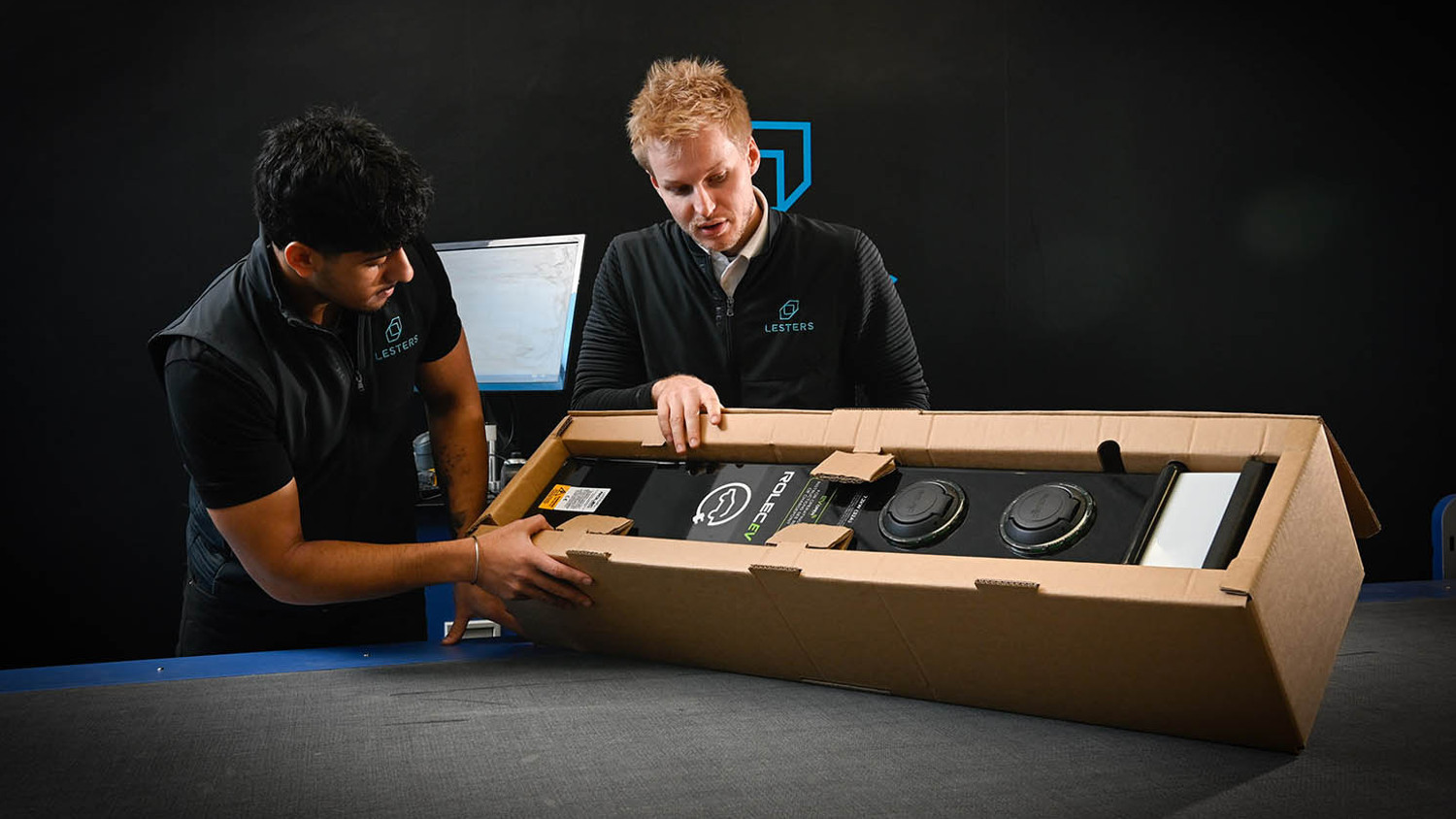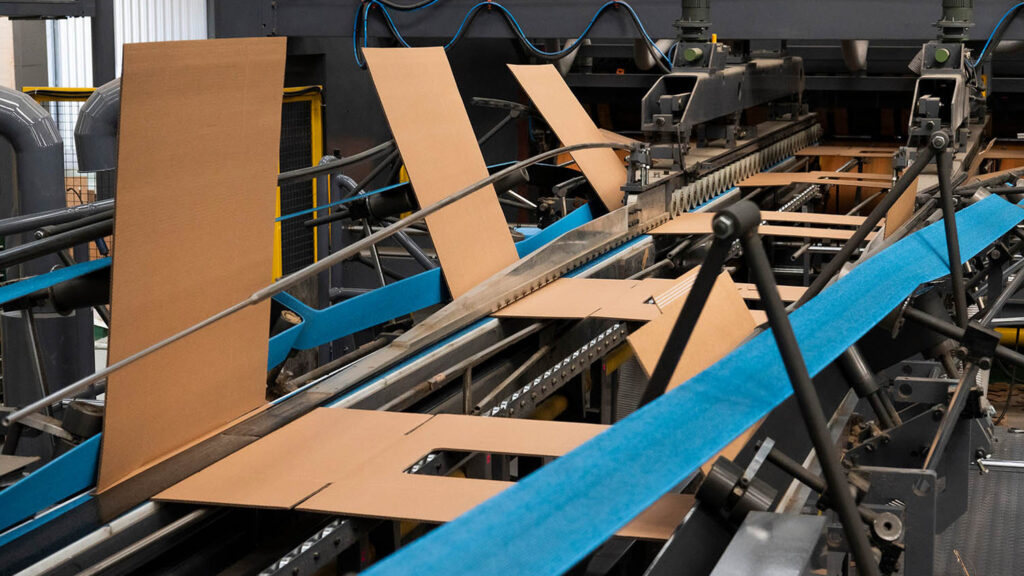The packaging sector is due a big wake-up call. DEVELOP3D speaks to Lesters Packaging about the importance of sustainability and why it is now a key consideration in the development of its products
Packaging has traditionally been an afterthought in product design, pushed to the back of corporate minds in favour of more cost-effective production processes and getting new launches to market faster.
Slowly this attitude is changing, with designers realising the importance of packaging. Companies are investing time, consideration and money into making important decisions about packaging right at the start of development processes.
For Greg Burton, design manager at large packaging specialists Lesters Packaging, the wake-up call has been a long time coming. “I know you’d expect me to say this, but packaging really is a critical part of the design cycle for so many reasons,” he says.
“It’s the first interaction a customer has with your product, and depending on its specific use, can deliver different advantages.”
In a retail environment, for example, packaging shapes, contours and innovations differentiate products and function as a way of catching the consumer’s eye, alongside print and logos. The growth of online shopping, meanwhile, has given it added importance.
Burton highlights a brand that has long paid particular attention to its packaging. “Apple, unsurprisingly, is particularly strong in an e-commerce situation,” he says.
“The sale has been made, so the main factor here is to protect the product and provide an unboxing experience that feels good.”
However, an issue often overlooked when designing a product is the stage at which a product leaves a manufacturing site. If packaging can be tweaked to fit standard sizes for UK or European trailers and shipping containers, then the ability to get greater cost efficiencies and in turn ecological benefits are unlocked.

Cutting corners
Burton has instilled a culture of ‘innovate smarter and challenge quicker’ at Lesters, where his team is designing packaging solutions for clients involved in the automotive, cycling, food, pharma and retail sectors.
The supply chain is complex, he explains, and there are often bigger savings to be made “around the box rather than in the box”, which demands closer collaboration with design engineers at the earliest possible point.
“We look differently at packaging to engineers and machine builders and can work jointly to give them access to innovative materials and technologies that allow them to meet their expectations and those of their customers,” says Burton.
“A really good example of how we do things differently is our collaborative work with a leading UK university to bring new technology to the commercial marketplace, delivering free of charge health checks and our time and motion studies on how long current lines take to pack products.”
Proof is in the proverbial pudding, and Lesters has numerous case studies demonstrating how it has created new solutions for its rapidly growing customer base.
One of the most recent has involved redesigning the complete packaging range for an electric car charging company. With sales for EVs going through the roof, the client has seen a massive increase in demand for its products, yet existing packaging failed to keep up with the growth of the brand.
Burton and his team applied their expertise to deliver a solution that was optimised for courier delivery, removing all plastic from the equation and upgrading the ‘opening’ experience.
“We took an approach through innovation that other packaging companies may have shied away from, creating a singular box that had all the fixtures and fittings attached,” says Burton.
This reduced the number of packaging SKUs from 4-plus to just one, he explains. It is also an easier solution to pack, which fits with the customer’s limited space for assembly, protects the product through the supply chain and fits well on a UK standard pallet.
“Furthermore, it is a fully sustainable corrugated solution that has no plastic, can go through any kerbside recycling worldwide and is scalable for future product development with the applied design principles. In short, it’s a game-changer,” he adds.
Lesters // All wrapped up
In future, design engineers will have to be mindful of new innovations gradually emerging in the marketplace.
The main thrust will be around further sustainable packaging, and this will be at the forefront of most company agendas as the business world continues to strive for transparency around the impact of certain materials on the environment.
Developments will include materials such as Mycelium, a completely organic, farm-grown material made from the roots of a mushroom and capable of replacing elements like polystyrene, as well as starch-based foams and cellulose shrink-wrapping. All of these will slowly change the way customers think about their packaging.
So what is the one bit of advice that Burton would offer design engineers? His answer is as straightforward as it gets: “It’s simple: Keep packaging in mind throughout the design process. Sometimes the reduction of a couple of millimetres in one length can optimise a product so it can travel on standard shipping routes.”
The future for packaging is better for everyone, however you box it up.
This article first appeared in DEVELOP3D Magazine
DEVELOP3D is a publication dedicated to product design + development, from concept to manufacture and the technologies behind it all.
To receive the physical publication or digital issue free, as well as exclusive news and offers, subscribe to DEVELOP3D Magazine here






